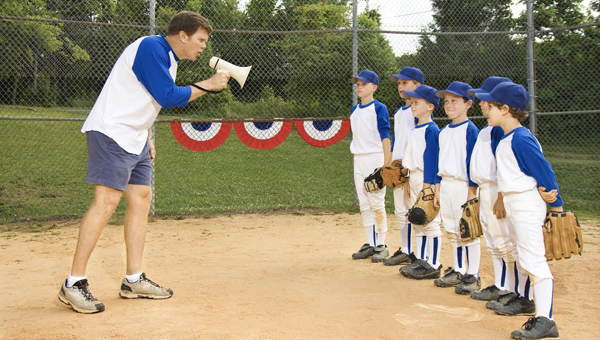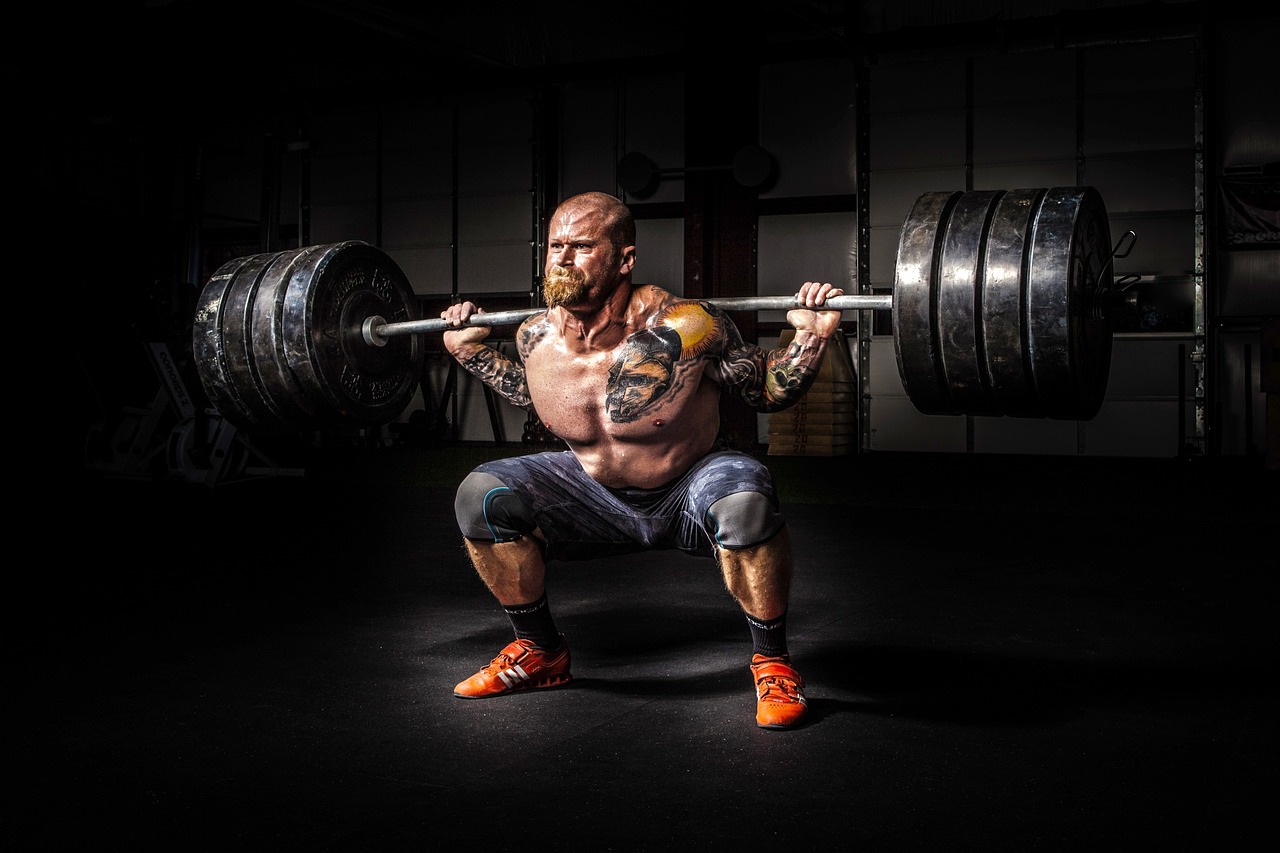The squat is my one “must do” exercise for athletic strength and conditioning. There are a lot of ways this exercise can be performed. In a 2020 article Lahti et al examined differences between narrow-stance squats and wide-stance squats. The authors studied 14 male and female rugby athletes who were able to squat at least bodyweight. In a very neat study the authors had the athletes spend a few weeks becoming familiar with the variations, then had them do 1-RMs with the variations, and then studied the athletes performing reps with 70% and 85% of their 1-RMs on both variations.
Results:
First, let’s cover kinematic data for the two squats:
- At 70% weights, the hip flexion was essentially the same for either condition.
- At 70% weights, the narrow squats had 10% more knee flexion and 23% less hip abduction than the wide squats.
- At 70% weights, the descent phase and ascent phases were essentially the same for either conditions.
- At 85% weights, the hip flexion was essentially the same for either condition.
- At 85% weights, the narrow squats had almost 10% more knee flexion that the wide squats.
- At 85% weights, the narrow squats had 22% less hip abduction than the wide squats.
- At 85% weights, the descent phase of the narrow squat was almost 9% longer than the wide squats.
- At 85% weights, the ascent phase of the narrow squats was almost 5% shorter than the wide squats.
Second, let’s look at kinetic data for the two squats:
- The hip extension joint moment is greater during the wide squats under both loading conditions (6-8% difference)
- The hip abduction joint moment is greater during the wide stance squats under both lading conditions (9-10% difference)
- The knee extension joint moment is greater during the narrow stance squats across both loading conditions (10-12% difference)
- The knee abduction joint moment is greater during the wide stance squats across both loading conditions (17-19% difference)
So what’s going on here? In the narrow squats, the feet are closer together. This means that to get to parallel, the athlete is going to have to travel a greater distance – so more knee flexion. With a wider stance, there’s going to be more hip abduction and a shorter distance for the body to travel to get to parallel. In addition, a wider stance means more leaning forward – so greater hip/glute/lower back involvement than a narrow stance which is going to be more knee-dominant.
This article presents a great opportunity to also review what we “know” about this important exercise. In a classic study in 2001, Escamilla looked at how the squat actually impacts the knees. They also looked at narrow and wide stance squats.
The authors looked at tibifemoral compression (compression of the tibia on the femur). To a point this reduces ACL strain, but too much could be damaging to the meniscus. Tibifemoral compression increases as we descend into a squat and increases as we stand up. It is also slightly higher for wider stance squats than narrow stance squats.
The authors investigated ligament strain during both stances. According to the authors there does not appear to be ACL stress during the squat. Now, the PCL is a slightly different story with tension increasing during the descent. Escamilla et al (2001) recommend avoiding squats deeper than 50-60 degrees at the knees if there is a PCL injury.
Finally the authors investigated patellofemoral compression. Patellofemoral compression increases during the descent, with it being greatest at around 50-80 degrees of knee flexion.
Besides stance, a major variation of the squat is whether it is a “high bar” squat or a “low bar” squat. With a high bar squat the bar sits higher on the back, basically at the base of the neck. With a low bar squat the bar sits lower on the back, basically on the rear deltoids.
Wretenberg et al conducted a classic study on the two variations. High bar squatters are more upright and the moments of force are evenly distributed about the hip and knee. But, high bar squatters have a greater moment of force at the knee than low bar. Low bar squatters are less upright and have a greater moment at the hip joint.
Now, what does all this mean to a strength and conditioning coach? When I coach this lift, I have three absolutes. They are:
- Chest out/shoulders back: this is important for lower back health.
- Weight on the heels: this is about balance and knee health. Balance is self-explanatory. When we allow people to squat with their heels off the ground, they typically perform the squat with their knees pushing forward which puts more stress on them than the exercise should.
- Hips begin the squat: I don’t care if the knees move forward. A lot of that is bro science. But, I want the squat to begin with the hips moving backwards. This is for balance, this is to keep the weight on the heels, and this keeps the weight focused on the hips and lower back.
Beyond that, I think we need to allow for flexibility. Every athlete is built a little differently, so the notion that everyone needs to do the lift the same way doesn’t work. I try to encourage the athlete to find a stance width that works for them (I coach it to be between hip-width and shoulder-width apart), we tweak if necessary. I try to encourage the athlete to have the bar sit on their back where it is comfortable for them, again we’d tweak if necessary. Other than that, my focus is on my absolutes with feedback when things aren’t working for the athlete.
References:
Escamilla, R.F., Flesig, G.,Zheng, N., Lander, J.E., Barrentine, S.W., Andrews, J.R., Bergemann, B.W., and Moorman III, C.T. (2001) ‘Effects of technique variation on knee biomechanics during the squat and leg press’, Medicine and Science in Sports and Exercise, 33(9): 1552-1566.
Lahti, J., Hegyi, A., Vigotsky, A.D., and Ahtiainen, J.P. (2019). Effects of barbell back squat stance width on sagittal and frontal hip and knee kinetics. Scandinavian Journal of Medicine and Science in Sports, 29, 44-54.
Wretenberg, P., Feng, Y., and Arborelius, U.P. (1996). ‘High- and low-bar squatting techniques during weight-training’, Medicine and Science in Sports and Exercise, 28(2), 218-224.


